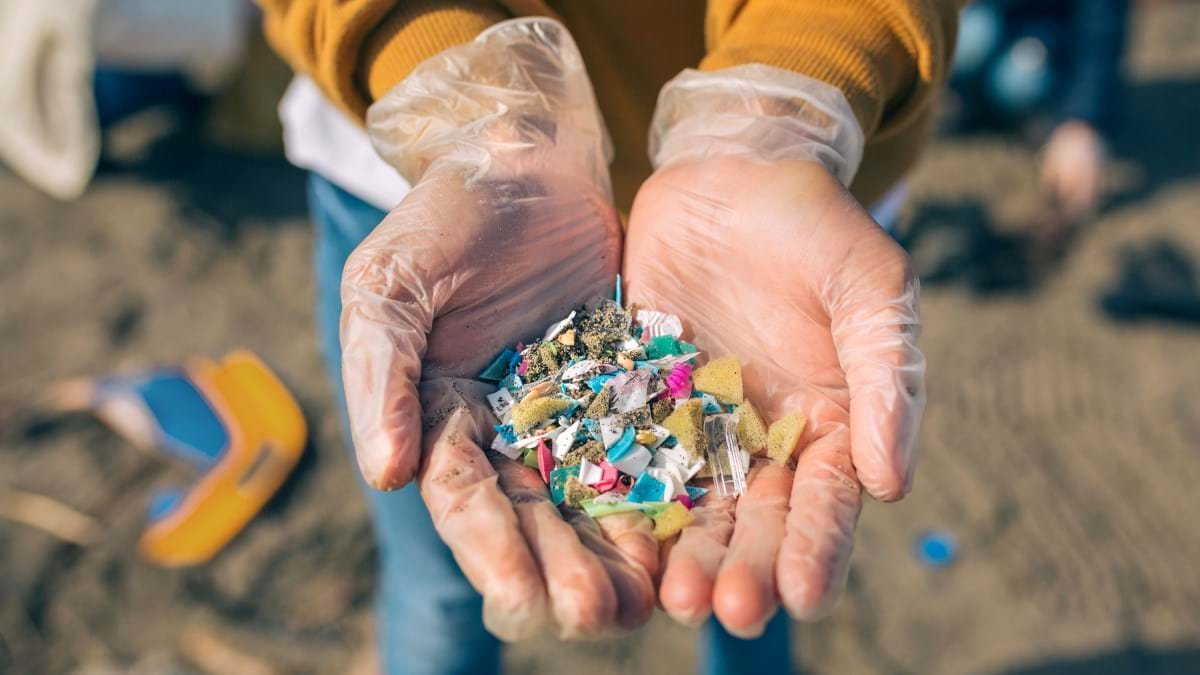BASF opens centre to research microplastics and biodegradation

BASF has opened a research facility in the US to help understand how plastics disintegrate and biodegrade.
The facility in Wyandotte, Michigan, is called the Biodegradation and Microplastics Centre, and BASF said it will help customers understand the end-of-life performance of their products. The laboratory will support the development of biodegradable plastics for packaging, agriculture, detergents, cleaning and the cosmetics industries. And it will help assess the disintegration rates of compostable products, the biodegradation performance of new products with novel chemistries, and provide data on microplastics and the behavior of plastics through their life cycles.
In a study published in May, the United Nations Environment Programme (UNEP) warned that while biodegradable and compostable materials are often presented as a positive alternative to plastic products, the terms ‘compostable’ and ‘biodegradable’ are inconsistently understood and defined, which can create confusion among consumers, companies, regulators and investors. The report noted that the extent to which compostable and biodegradable plastics can be considered suitable substitutes is highly dependent on their application and end-of-life processing.
Jeanne Hankett, the leader of BASF’s new centre, said: “By advancing our understanding of current materials and the characterisation techniques needed to examine next generation materials, we help pave the way for a more sustainable future. This same logic can be applied towards advocacy – through extensive external collaborations, colleagues help us drive the development of new methods, educate stakeholders, and create paths forward to achieve a circular economy.
“The lab is an important tool which enables us to directly support our customers by accelerating their product development processes with measurable data they would not have had access to in-house.”
UNEP reports that there was 4.8 m t of microplastic pollution in 2016. This results from what are called primary microplastics that were originally produced at sizes less than 5mm and secondary microplastics that result from the degradation of larger pieces of plastic. Major sources include tyre dust, plastic pellets, textiles and personal care products. Microplastics are estimated to make up 6% of total plastic pollution and have become so prevalent and widespread that researchers have found them in the deepest recesses of the ocean, in marine wildlife, in mountain glaciers, and in breast milk. Reducing and preventing this pollution requires the redesign of tyres, changes to the production of textiles and the use of filters in washing machines to capture pollution at source, and banning the use of microplastics added to personal care products.
Recent Editions
Catch up on the latest news, views and jobs from The Chemical Engineer. Below are the four latest issues. View a wider selection of the archive from within the Magazine section of this site.




